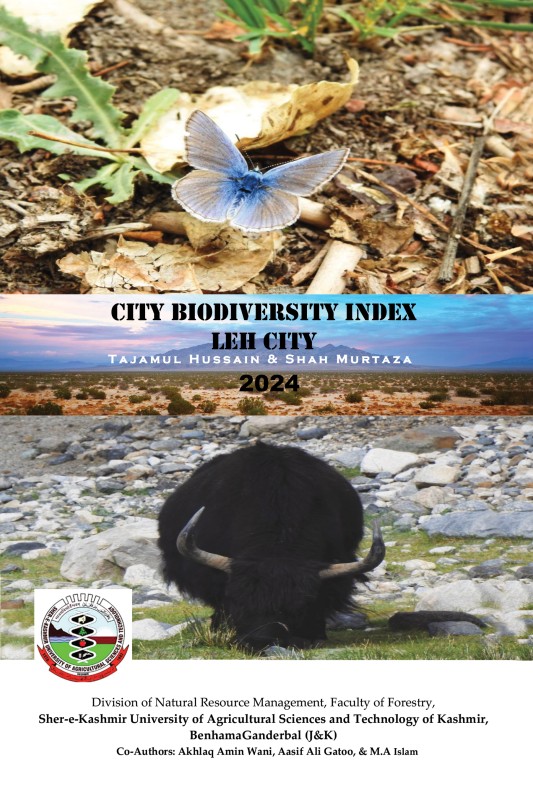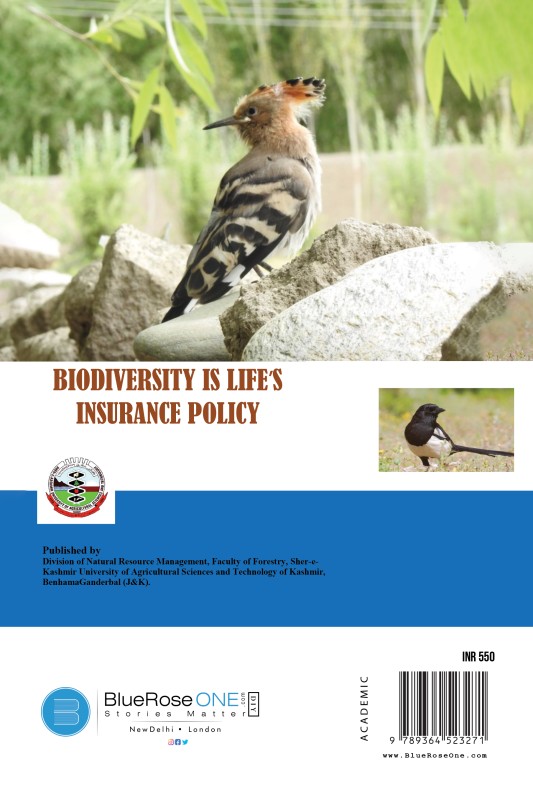City Biodiversity Index Leh City
by TAJAMUL HUSSAIN | 21-Jun-2024
(0)
Leh, a jewel nestled in the Himalayas, grapples with the harsh realities of unplanned growth. This book delves into the challenges Leh faces due to climate change, exacerbated by rapid urbanization, economic booms and population surges. The book s...
Original
Books
Fastest
Delivery
7-day
Replacement
Book Details
- Language : English
- Pages : 60
- ISBN : 9789364523271
- Genre: ACADEMIC
- Size : 6" x 9"
- Binding Type : PAPERBACK
- Age Group: + Years
- Paper Type : WHITE PAPER
- Interior : COLOR
- Cover : GLOSS FINISH
- Book Type : PAPERBACK
- Tags : City Biodiversity Index Leh City
-
Best Sellers Rank :
#1374 in Academics
#8621 in Global
Reviews
There are no reviews for this product yet.

 USD
($)
USD
($) AUD
($)
AUD
($) CAD
($)
CAD
($) EUR
(€)
EUR
(€) HKD
($)
HKD
($) MYR
(RM)
MYR
(RM) GBP
(£)
GBP
(£) SGD
($)
SGD
($)








